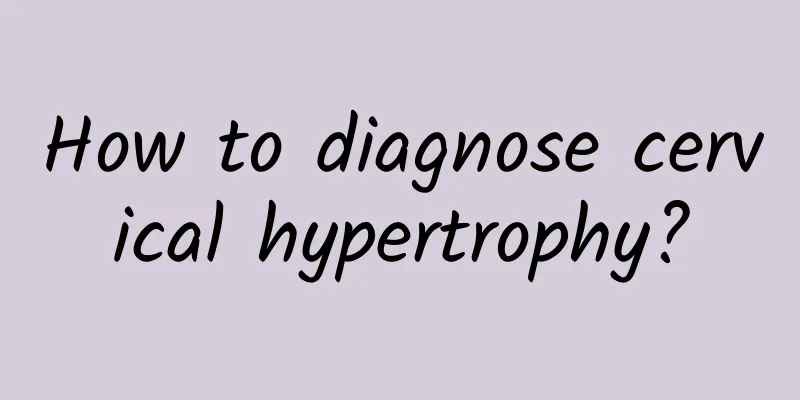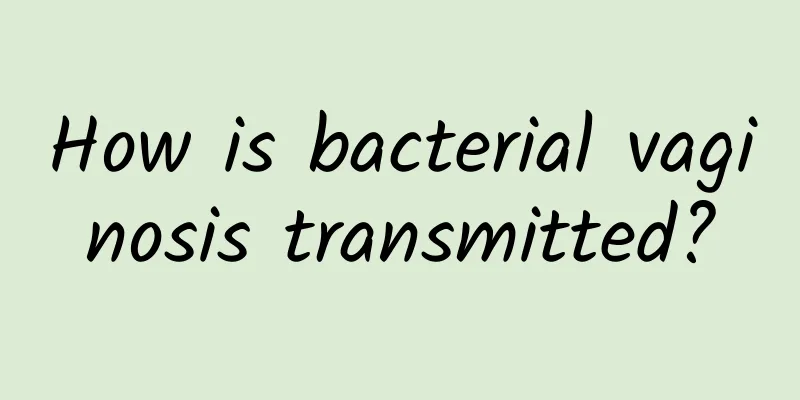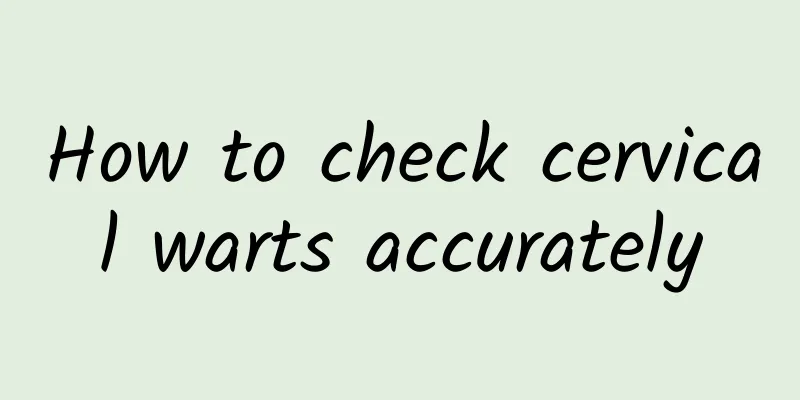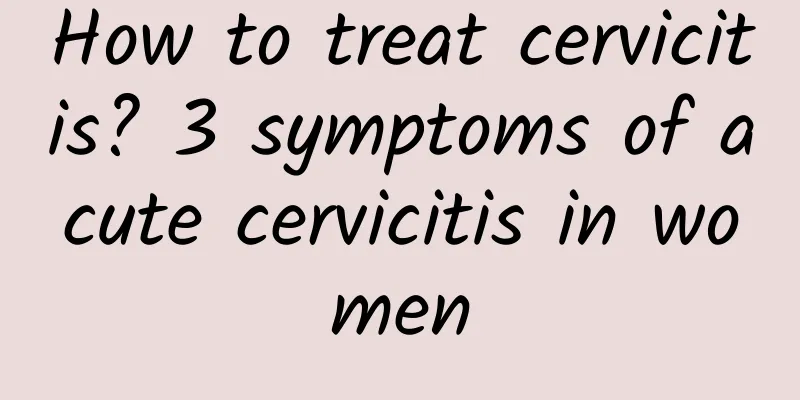What should I do if I have uterine fibroids during pregnancy? Treatment of uterine fibroids during pregnancy
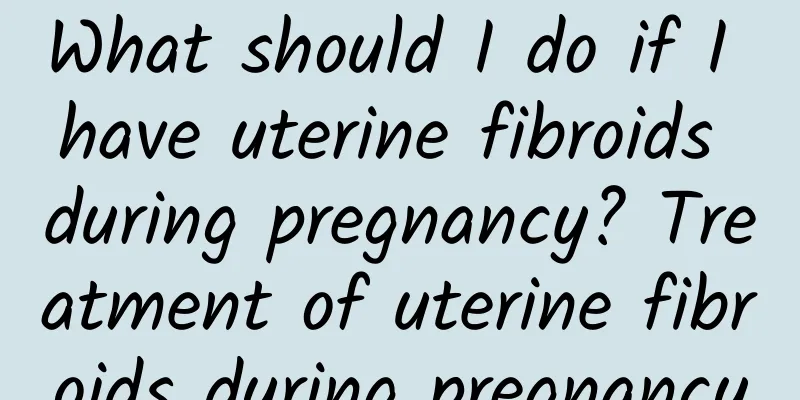
|
What should I do if I have uterine fibroids during pregnancy? Women who have uterine fibroids during pregnancy are at risk of miscarriage and may also suffer from abnormal fetal position. How to treat uterine fibroids during pregnancy? If uterine fibroids are discovered after pregnancy, treatment should be based on factors such as the month of pregnancy, fibroid size, and clinical manifestations. l) Treatment of uterine fibroids in early pregnancy: Intervention of uterine fibroids in early pregnancy is likely to lead to miscarriage, so it can wait until the second trimester. If the fibroids are large, the chances of complications of continuing the pregnancy are estimated to be greater. If the patient requires an artificial abortion, the pregnancy can be terminated first, the fibroids can be removed in the short term, and an artificial abortion can also be performed at the same time. 2) Treatment of uterine fibroids in mid-pregnancy: ① For those with fibroids less than 6 cm in diameter and no symptoms, most prenatal examinations do not require special treatment; ② For fibroids greater than 6 cm in diameter, they may continue to grow as they grow. Large fibroids are prone to red samples stimulating uterine contractions or peritoneal irritation symptoms. At this time, obstetricians only recommend bed rest and conservative treatment with analgesics. Myomectomy during pregnancy is rarely recommended, only when necessary. 3) Treatment of uterine fibroids in late pregnancy: Small fibroids cannot be treated. If the diameter of the fibroid is larger than 8cm but there are no symptoms, you can wait until full term for a cesarean section and a myomectomy at the same time. Because large uterine fibroids may not only affect uterine contraction, abnormal production and delayed labor, but also the possibility of postpartum placental retention, postpartum hemorrhage and postpartum infection is greater than that of normal pregnant women. In some cases, the uterus may also be forced to be removed due to uncontrollable postpartum hemorrhage or postpartum infection. Therefore, the method of delivery should be cesarean section, and cesarean section should be performed at the same time as myomectomy. Uterine fibroids are a common type of female disease and are female genital tumors. Uterine fibroids can cause symptoms such as female infertility, miscarriage, and ectopic pregnancy, and are a disease that we need to pay attention to. |
>>: What to do with benign uterine fibroids? How to cure benign uterine fibroids?
Recommend
Can moxibustion be used to treat pelvic inflammatory disease? Yes
Pelvic inflammatory disease can be treated with m...
Heavy menstruation with blood clots
Heavy menstruation with blood clots Excessive men...
Common causes of vulvar leukoplakia
What are the main causes of common vulvar leukopl...
The harm of cervical erosion should not be underestimated
Cervical erosion is a very common gynecological d...
Clinical manifestations of hyperplastic vulvar leukoplakia
Vulvar leukoplakia is a chronic malnutrition dise...
What are the symptoms of medical abortion?
Nowadays, people want to have a quick fix, becaus...
What kind of people are suitable for abortion?
Painless abortion uses a new type of safe and eff...
Does a woman's cervical erosion recur?
Do women suffer from recurrent cervical erosion? ...
Cervical erosion and falling in love with a young childless girl
Cervical erosion is a common gynecological diseas...
A brief analysis of the treatment method of dysmenorrhea: self-massage
As people pay more attention to women's healt...
What is the cause of left ovarian cyst and what are the obvious symptoms
What is the cause of left ovarian cyst? What are ...
When taking photos, your double chin appears, making you look fat and old! 7 tips to get rid of double chin by pouting and making faces
The angle when taking the photo was not good, whi...
Is it more painful to have a medical abortion or a surgical abortion?
Medical abortion and surgical abortion are two co...
Is cervicitis hereditary?
Is cervicitis hereditary? Nowadays, many patients...
Top 10 fruits that can cause miscarriage
During pregnancy, pregnant mothers are always ext...

